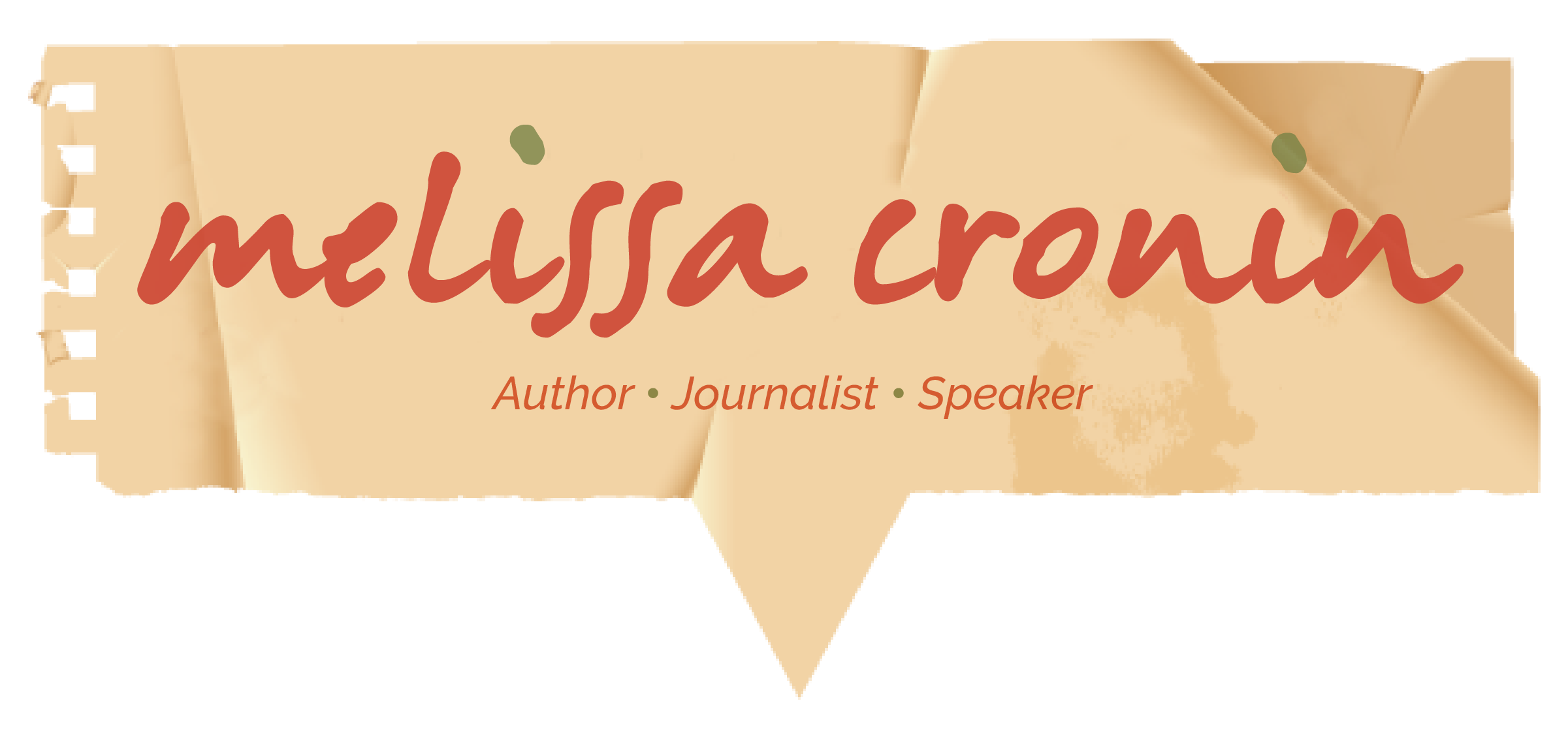Traumatic Brain Injuries: Vision Therapy

It’s been nearly fifteen years since I sustained a traumatic brain injury, and though you would think my brain should have fully healed by now, that’s not the case. In reality, the healing process for most brain injuries is ongoing, a lifetime of ongoing. I’ve submitted to all kinds of therapies over the years – cognitive therapy, herbal therapy, meditation, yoga, medications, e-stim, the list goes on. Now, in my efforts toward continued healing, I am a believer in vision therapy.
Fifteen years ago, even as recent as three years ago, if someone had mentioned vision therapy to me as a possible treatment for my sensitivity to bright lights, as a solution to the dizzying fatigue I experience when in the grocery store, a shopping mall, at a July 4thcelebration with dozens of fireworks lighting the night sky in frenzied colors, I would said, “What? Why vision therapy? And what the heck do you mean by vision therapy anyway?” Though knew of certain kinds of therapies for vision difficulties, like a lazy eye (I had to wear an eye-patch when I was a kid to correct my right eye that wandered like a toddler first learning to walk), I had never heard of vision therapy as a treatment option for TBI-related vision difficulties (FYI: not only injuries caused by external trauma, but also injuries that are acquired, like a stroke or a tumor, can affect visual processing.)
We typically think of vision as what we see, but, dare I use a cliché, there’s more to vision than meets the eye. Vision also includes how the brain processes what we see. So, though I have 20/20 vision (when wearing my glasses), my brain struggles with interpreting images sent from the retina.
I’ve known for a long time now that something is wrong with my brain’s ability to process visual information, but because I’ve become used to melting into a puddle of confusion every time I walk down the cereal isle, with its endless options of whole-wheat, sugar free, and non-GMO, I’ve forgotten what it’s like to feel balanced and solid on two feet. (Thank God my husband loves to shop, sparing my brain the energy depletion of just walking into a store.)
Sometimes my brain signal’s my eye to read words on the page as a blurred mess, or my mind’s eye misconstrues words. When out for a walk, I sometimes see things coming at me from my right or left, like a flying rock, or a rogue tree branch, or an angry bird, when in fact none of those things are there at all. Not too long ago, my brain interpreted a fire hydrant as a dog. (No, I’m not on drugs, not the kind you might think I’m on anyway.)
Finally, just this past month, I decided it was about time I see an optometrist for a visual processing assessment. Honestly, the hour-and-a-half of testing was more like eye gymnastics. Here’s just a fraction of what that workout involved:
A kinetic field test in which I looked through a viewfinder with one eye closed. With that same eye fixed on a center point, the examiner shifted a pointer with a white tip beyond my visual field. Each time the pointer returned, I let her know that I could see it. I did this several times, each time the tip of the pointer a different color. Then I followed the same process with the opposite eye.
After that, I spent more than an hour with the optometrist. She first asked me to read various lines of letters on an eye chart. Then, as I looked through a viewfinder, she flickered a foggy, whitish light onto a chart that made it appear as if the letter U was floating all over the place, and asked me if I could see double. Yes, I did, but only once. Other than that, my eyes had trouble keeping up with the U. Then she had me close my eyes, and while she jingled a set of keys, I tried to touch them with one finger. I can’t explain exactly what the test reveals, but since the auditory and visual neuro-pathways run close together, if you’re struggling with visual processing it makes sense that you might also have difficulties with auditory stimuli, as in hyper-sensitivity to certain sounds. (The sound of crinkling plastic bags drives me crazy.)
Then, while looking through the viewfinder, the optometrist slipped in and out of the machine various shades of lenses, and asked which ones made my vision blurry, versus ones that made me see with clarity. A strange thing happened at one point. As she slipped in one of the lenses (one with a blue tint), I felt my stomach relax, a letting go of something – anxiety, stress. When I told her what had happened, she nodded, explaining that some people experience a visceral relaxation. I couldn’t believe it. I wanted more blue, more of letting go. That’s when she said I would benefit from therapeutic glasses with blue-tinted lenses. They’re nothing like every-day prescription glasses; they’re designed as a treatment for visual processing issues. At first, you wear them for only a few hours a day, slowly increasing the amount of hours over time. I’m still waiting for my new glasses to arrive in the mail.
Meanwhile, in an effort to recruit new brain/vision-related neuro-pathways, I’m following the optometrist’s instructions and practicing in-home eye-tracking gymnastics five days a week. While the exercises are yet one more thing on my brain-health to-do list, they’re worth it. After all, it would be nice to go for a walk without worrying about getting bit by a firehydrant.

I have been very interested in trying this for myself. The only thing really holding me back is the cost.
Pete, I understand the hesitation due to the cost; that’s partly why it’s taken me so long to have the assessment and agree to getting the prism glasses. The glasses actually cost more than the assessment itself, but I needed two pairs (one pair for distance and another for computer work). That might not be the case for you – needing two pairs. But maybe you could just have the assessment first, and think about getting the glasses at a later time. The assessment with Dr. Amy Pruszenski in N.H. cost me $335, including the kinetic field test. Maybe you could set up a Go Fund Me page for this. The other option is to see Laura Werner in St. Johnsbury, VT. She might cost less, though Dr.Pruszenski is the “guru” in the area for vision therapy. But Dr. P does mentor Dr. Werner, so she might end up being a good fit. It’s frustrating, I know. If only insurance covered these services. I appealed my case to BCBS, and they denied it. This was their excuse: “We do not cover services or supplies for vision services for members 21 years or older.” I sent another letter, informing them that brain injuries do not discriminate based on age, and that people older than 21 sustain such injuries too, and often struggle with visual processing. They still denied the services. I hope this helps!
Thanks for your writing, Melissa! I would love to read your memoir if you have any of it published anywhere. Best, Sandra Bacal
Thanks for your writing, Melissa! I would love to read your memoir if you have any of it published anywhere. Best, Sandra Bacal
Thank you, Sandra, for reading my work! It’s great to hear from you, and I hope you’re doing well. I am still looking for a home for my memoir, but I have published personal essays related to it, which are linked to here on my website. Or, if you want, I can email you the links. Let’s stay in touch! (BTW, I do mention you in my book … your survival story, along with other survivors who were at the farmers’ market on that horrific day.)
Aloha, Melissa, yes please send me the links to your writing. Look forward to reading, and thank you for your healing work!